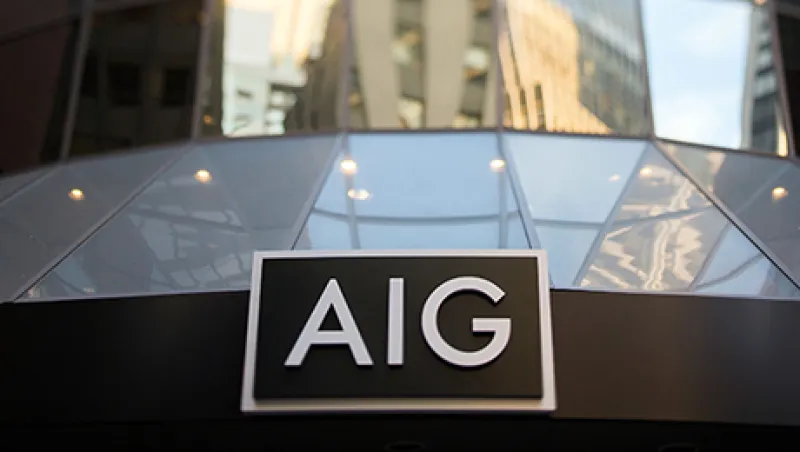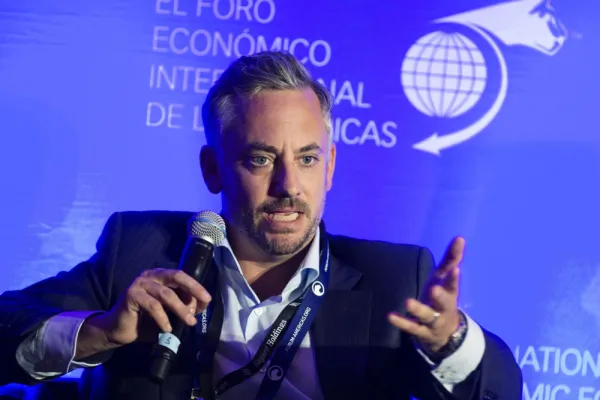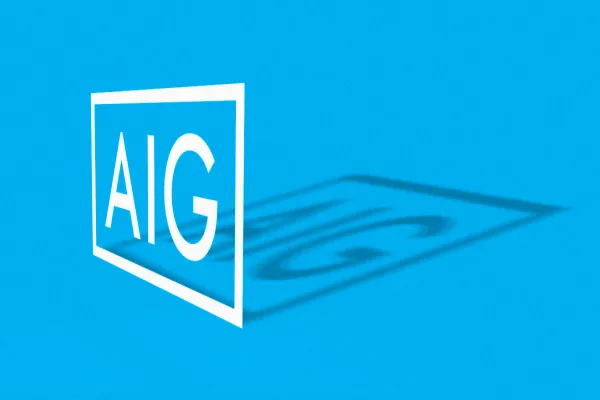The recent news of Robert Benmosche’s imminent departure from American International Group came as a surprise. On September 1, AIG’s president and CEO will step down in favor of Peter Hancock, chief executive of the $547 billion insurer’s global property/casualty unit. Although investors had expected that Benmosche, 70, was preparing to announce his retirement, the conglomerate’s latest 10-K filing with the SEC suggested that he would stay on until 2015.
Hancock takes the helm of a resurgent AIG, but the longtime investment banker has big shoes to fill. Insurance industry veteran Benmosche joined the New York–based firm in August 2009 as its fifth CEO in less than four years. Having taken on a disastrous $440 billion in derivatives exposure through its AIG Financial Products Corp. subsidiary in the run-up to the financial crisis, AIG had narrowly avoided bankruptcy thanks to government intervention.
Blunt and contrarian, Benmosche won back investors’ confidence and cleared the path for a full sale of the U.S. government’s 92 percent stake in AIG after a $182 billion bailout from the Treasury and the Federal Reserve. The purchases of Hong Kong subsidiary AIA by British insurer Prudential and airplane leasing unit International Lease Finance Corp. by Dutch counterpart AerCap Holdings demonstrated the CEO’s negotiating skills. Long bets on subprime in 2010 and 2011 showed a flair for market timing.
“Benmosche took over an impossible situation and did a fantastic job,” says Josh Stirling, a senior analyst at financial research firm Sanford C. Bernstein & Co. in New York. Benmosche had the force of personality to push back at Congress when AIG was a political pariah and gain the firm breathing room to recover, Stirling adds. “Where everyone else saw a disaster, he saw an opportunity to shift the conversation from dissolving AIG to repaying the government by first pursuing the firm’s rebirth.”
The timing of Benmosche’s exit may have caught shareholders off guard, but Hancock’s ascension was largely anticipated. “We believe the decision to promote Peter Hancock as the new CEO earlier than expected is a sign of confidence in his leadership ability from the board and that it also signals that AIG’s turnaround is complete and the company is looking to become an industry leader again,” says Christian Ledoux, director of equity research at AIG shareholder South Texas Money Management, a San Antonio–based firm with $2.5 billion in assets.
Hancock, 55, was elevated to head of AIG’s then-troubled p/c unit in 2011 after joining the firm the previous year as executive vice president of finance and risk. Although widely regarded as the heir apparent, he wasn’t the only executive touted as a replacement for Benmosche. Jay Wintrob, CEO of AIG Life and Retirement, the firm’s other main division, was also flagged by observers, as were outside candidates.
With no formal experience in the insurance sector, Hancock quickly made his mark. AIG adopted a more quantitative, data-driven approach to risk that echoed his time overseeing fixed-income derivatives trading at JPMorgan Chase & Co. After Hancock took control the firm’s accident-year loss ratio contracted steadily, falling to 64 percent last year from 69 percent in 2011. He’s brought AIG’s reserve position closer to that of its better-capitalized peers and invested nearly $1 billion in new systems and risk management.
When Hancock arrived, AIG’s computer equipment and logistics sorely needed upgrading. Before the crisis the firm’s technology was largely antiquated and managed on a business-unit level. Hancock has made improving the claims process a priority: AIG is now migrating to its new global OneClaim platform. Perhaps nothing reveals his commitment to technology more than the creation of a chief scientific officer position, with responsibility for a 120-member R&D group believed to focus on medical and environmental science related to insurance claims.
Although the pace of improvement may not have been dramatic, the p/c business’s profits keep rising, and shareholders have recognized Hancock’s accomplishments. “If Bob was the visionary, then Peter was the architect,” Bernstein’s Stirling says. “Focusing on profitability first and streamlining and modernizing the firm, he brought order where there was chaos.”
As he seeks to lead AIG forward, Hancock must contend with enduring bitterness over the company’s use of government aid. “What is often referred to as a bailout of AIG can be more accurately termed as a bailout of its creditors and counterparties, which included some of the largest financial concerns in the world,” says Republican Representative Spencer Bachus, a former chairman of the House Financial Services Committee who participated in hearings over the firm’s fate. “The money actually passed through AIG very quickly.”
Also, the Fed has yet to release new regulations for nonbank systemically important financial institutions, but industry observers anticipate tightened reserve requirements and more oversight and reporting obligations. They note that AIG will need to appease rating agencies by greatly boosting its interest coverage ratio, which reflects the firm’s capacity to pay interest on outstanding debt. AIG will keep managing the withdrawal from its direct-investment portfolio as the long, slow process of unwinding the massive exposures taken before the credit crisis continues.
AIG shareholders appear to have accepted Hancock’s assumption of the top job as an extension of the firm’s recovery game plan. Adding to this positive perception is AIG’s recently announced $2 billion stock repurchase. “The stock is still trading at a meaningful discount to the peer group,” South Texas’ Ledoux says of AIG, whose shares stood at about $55 in mid-June, up more than 300 percent since Benmosche took over. “We believe continued improvements in the combined ratio and share buybacks will narrow that discount and one day potentially make it a premium.”
Get more on corporations.






